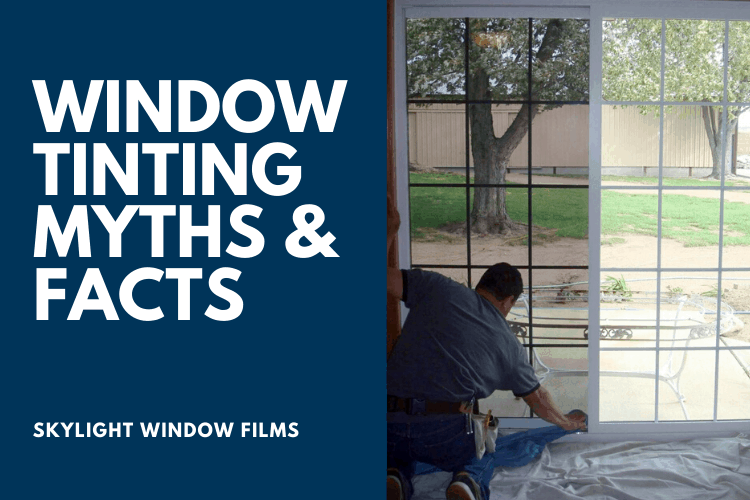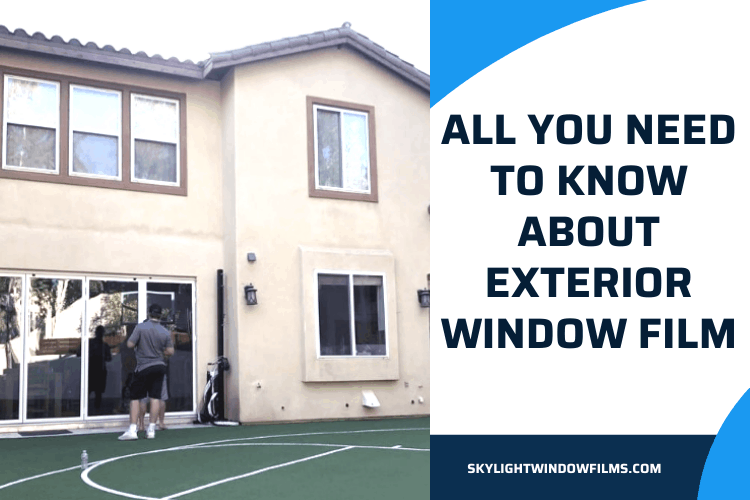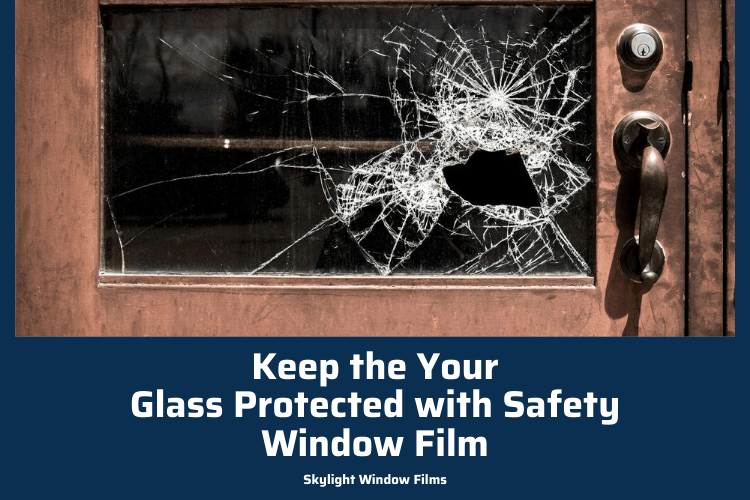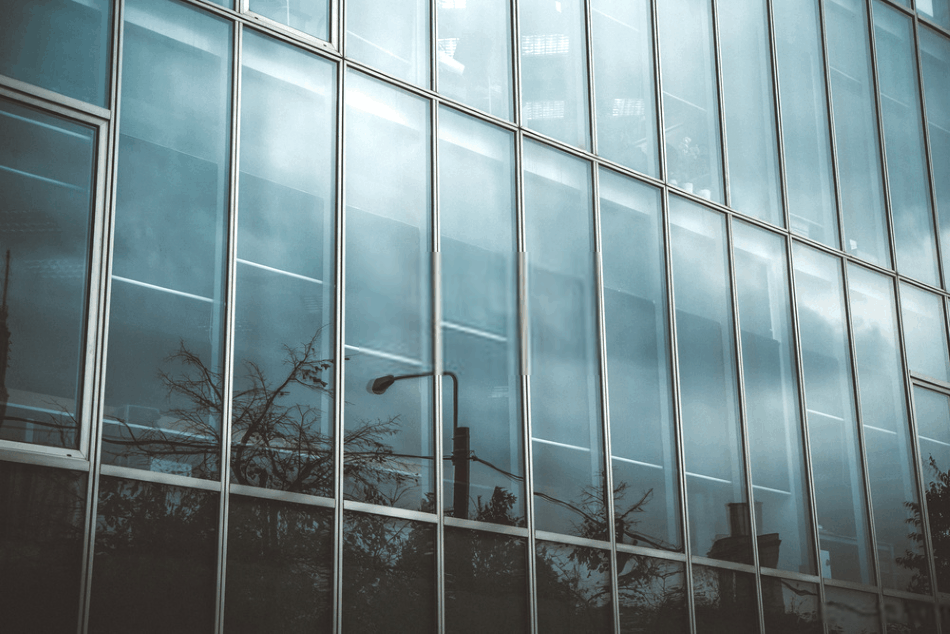We all know a few window tinting myths but not have a clear idea about it. Skylight window film provides facts that will help to alleviate your concerns about some myths surrounding window tinting services and products. If you ever have a question or concern and don’t find the information here on our website pages, please always feel free to Contact Us!
9 Window Tinting Myth and Facts
- MYTH #1: Window tinting will darken your windows and ruin the view.
FACT: At Window Tinting Solutions of Skylight window film, our best quality tints will not block the view. It will improve the look blocking the ultra-violet ray of the sun.
- MYTH #2: Ultra-violet (UV) rays are what causes fading, so looking for a tint with UV protection is all that is necessary.
FACT: While UV rays are part of the damaging effects of the sun, heat plays a significant role as well. Having a film with excellent heat rejection is necessary for maximum protection. Also, the item exposed to the sun’s harmful rays may or may not have an effective protectant added to it when manufactured.
- MYTH #3: During the winter window tint will help by adding an insulating factor to the window and help keep out the cold.
FACT: Many tinting companies claim this. At Window Tinting Solutions of Skylight, we pride ourselves on integrity and honesty. This claim isn’t valid. The tint is designed to reject heat. Thus, any given space that is warmed by the sun will be more relaxed in summer and winter.
- MYTH #4: The type of tint installed is unimportant if it has excellent heat rejection.
FACT: The type of windows you have and factors such as elevation, partial shading, configuration, or size play a crucial role in what kind of tint can be installed. For example, the higher the elevation, for dual-pane glass, the lighter the tint must be due to the expansion of gases between the panes. If the shade is too dark, seal failure or glass breakage may occur.
- MYTH #5: Windows with low-E applications from the factory have enough heat and glare rejection and cannot be tinted.
FACT: Low-E glass does hold out a certain amount of heat, glare, and UV/UB rays, however, tint is less expensive and holds out significantly more than typical Low-E applications. Existing spaces with Low-E most often can be safely tinted depending on certain factors, such as size, configuration, type of Low-E, and elevation—to name just a few. A real tint specialist will know by inspecting the window what kind of tint can safely be used. Our tint specialists are also well-trained in various types of residential, commercial, and specialty glass.
- MYTH #6: Metallized films will interfere with devices in each space, such as cell phones or AM/FM band frequencies.
FACT: Those who carry only ceramic films will tell you this. That sounds great but is untrue. Metalized films do not interfere with signals on residential or commercial applications. We completely guarantee that. However, occasionally, tinting an automobile with metalized films can cause interference, especially in the AM band as an antenna is often in the rear window (as opposed to on the outside like on older model cars.) But for homes and businesses, this is not the case and is just a sales pitch to get you to buy the only type of tint they have in their inventory.
- MYTH #7: Ceramic tints are the best tints available.
FACT: Ceramic tints are the latest technology in tinting to come to market. Many brands exist, including 3M, HuperOptix, V-Cool, and Geoshield Nano Ceramic. They are all excellent looking in optical clarity, and their heat and glare rejection and UV/UB take-out are excellent. Window Tinting Solutions does sell ceramic films. Also, their transparency, heat, glare, and UV/UB protection are only slightly higher than some brands that are much more practical and affordable.
- MYTH #8: Glass and seal damage warranties aren’t available anymore, nor are they necessary with today’s tints.
FACT: All top brands carry limited glass breakage warranties when the correct type of tint is applied. Glass breakage warranties are excellent to have, especially on dual pane glass as, although rare, a pane of glass with the proper choice and installation can crack or experience seal failure. Triple pane glass, however, does not have a glass breakage warranty and is never safe to tint regardless of film type unless done with an exterior application. Still, no glass or seal failure warranties exist. Carries full warranties for all its products when applied to the correct glass type.
- MYTH #9: “Bubbles” in tint are common and part of this process.
FACT: You should never have “bubbles” in your newly installed tint. “Bubbles” result from contaminants on or in the window seal. If the window is not adequately prepped or the film is not installed correctly, imperfections such as “bubbles” may occur. Our craftsmanship and installation are of the very highest standard. However, keep in mind that no tint installation is scientifically perfect. Any shop claiming otherwise is not being honest. Such things as pet hair from your homes’ furry little friend, old sun-damaged frames and seals, or re-painted wood frames — to name a few can often challenge even the most skilled of us.
At Window Tinting Solutions of Skylight window film, we take every precaution to ensure that the best possible install can be done, even under less than ideal conditions. During the estimate process, we will always take the time to inspect the windows and the environment — always keeping in mind what obstacles may be encountered during an install and thoroughly explain them so that the potential customer will know what to expect.






 by Unseen Ocean
by Unseen Ocean